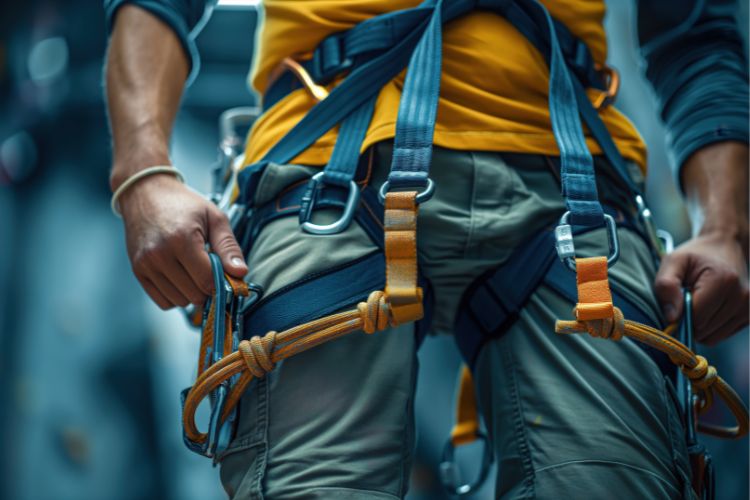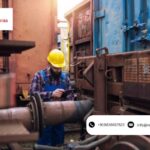Work at height has always been risky, but safety gear has come a long way. Today’s fall arresters are smarter, lighter, and more intuitive than ever. But what exactly has changed, and why should industries pay attention? Let’s dive into the innovations reshaping fall protection technology today.
Why Innovation in Fall Arrest Systems Matters?
When you think about safety at construction sites, oil rigs, or tall industrial plants, it’s clear that fall protection isn’t just about compliance—it’s about saving lives. According to the U.S. Occupational Safety and Health Administration (OSHA), falls remain one of the leading causes of workplace fatalities (OSHA.gov). This makes ongoing innovation in safety gear not just beneficial, but essential.
Key Innovations in Fall Arrester Technology
1. Lightweight and Ergonomic Designs
Gone are the days when fall arrest systems felt bulky and uncomfortable. New designs use high-strength alloys and advanced polymers to cut down weight while still providing durability. This not only reduces worker fatigue but also improves productivity on site.
2. Smart Sensors and IoT Integration
Some modern systems now include sensors that detect sudden force, angle changes, or potential misuse. These smart features can send alerts to supervisors in real-time, ensuring faster response during emergencies. Think of it as your safety system being “online” and watchful 24/7.
3. Quick-Connect Mechanisms
In high-pressure situations, seconds matter. Modern quick-locking carabiners and snap hooks allow workers to secure themselves faster without compromising on strength. This simplifies the process while maintaining safety integrity.
4. Enhanced Compatibility with Other PPE
Manufacturers are now ensuring that fall protection equipment integrates smoothly with helmets, gloves, and even
Full Body Harness systems. This reduces the frustration of mismatched gear and boosts worker confidence in their safety.
Where These Innovations Make the Biggest Impact?
- Construction Sites: Lightweight harnesses help reduce strain during long work hours.
- Energy & Utilities: IoT-enabled devices provide live monitoring in remote areas.
- Oil & Gas: Quick-connect systems prove vital in urgent, high-risk environments.
Challenges and the Road Ahead
Even with these advances, industries face hurdles. High-tech equipment often comes at a premium, making adoption slower for smaller businesses. Training workers to adapt to new technology is another critical factor. However, the benefits—reduced accidents, improved compliance, and safer workspaces—far outweigh the initial hurdles.
It’s also worth noting that innovations in fall arrest technology align with broader workplace safety trends. For instance, protective footwear has seen significant advancements too, as highlighted in How to Execute a Composite Foot Protection Policy at the Workplace. Together, these advancements create a safer, more efficient ecosystem for industrial workers.
FAQs on Modern Fall Arrest Systems
1. What makes modern fall arresters different from older models?
They are lighter, often equipped with smart sensors, and designed for better comfort and compatibility with other safety gear.
2. Are smart fall arrest systems reliable?
Yes. While they include advanced tech, they still meet international safety standards. The tech is an added layer, not a replacement for physical protection.
3. Do all industries need IoT-enabled systems?
Not necessarily. High-risk and remote industries benefit the most, but every sector gains from better comfort and quick-connect features.
4. How often should fall arrest systems be inspected?
Most experts recommend a detailed inspection before each use and a professional inspection at least once a year.
Final Thoughts
The world of fall protection is evolving fast, and that’s a good thing. From ergonomic designs to smart tech, modern systems are making workplaces safer and more efficient. For businesses, investing in these innovations isn’t just about compliance—it’s about caring for the people who keep the operations running.



